Introduction
Print-on-demand (POD) is one of the most accessible business models for aspiring entrepreneurs, creatives, and fitness enthusiasts looking to start their own apparel brand. The beauty of POD lies in its simplicity—you don’t need to hold inventory, deal with shipping logistics, or invest heavily upfront. Once your design is ready, POD platforms take care of printing and delivering your product straight to the customer.
Table of Contents
Among all the popular print-on-demand products, muscle tank t-shirts are a standout. They’re a staple in fitness and gym culture, often seen in workout spaces, athletic events, and even as casual streetwear. The combination of functionality and style makes them a smart product choice for anyone looking to build a niche brand.
This guide is crafted for entrepreneurs, independent designers, and fitness fans who want to turn their passion into profit. We’ll walk you through each essential step—from choosing a POD platform to marketing your designs—to help you launch a successful muscle tank brand online.
Step 1: Choose the Right POD Platform
The first decision you’ll make is choosing the right print-on-demand provider. This choice can significantly affect the quality of your products, the reliability of your shipping, and ultimately, your customer satisfaction.
Some of the most well-known POD platforms for apparel include Swagify, Printful, Printify, Awkward Styles, and Fourthwall. Each of these platforms has its own strengths and is suited to different levels of experience and business needs.
When evaluating these platforms, consider the following:
Integration Compatibility
Your chosen POD provider should integrate seamlessly with the eCommerce platform you plan to use, such as Shopify, Etsy, WooCommerce, or BigCommerce. This ensures orders are processed automatically and efficiently.
Print Quality and Fabric Options
Since muscle tanks are worn during physical activities, comfort and durability are key. Look for platforms offering breathable materials like 100% cotton, cotton-polyester blends, or moisture-wicking fabrics suitable for gym wear.
Pricing and Profit Margins
Compare base product prices, printing fees, and shipping costs. Lower base costs give you more flexibility in pricing while maintaining a healthy profit margin.
If you’re just starting out, Printify is a budget-friendly option with a wide range of suppliers. For those focused on branding and a premium experience, Printful offers top-tier print quality and branding services like inside labels and custom packaging.
Step 2: Design Your Muscle Tank Like a Pro
Great designs are what sell great t-shirts. When it comes to muscle tanks, your artwork should align with the expectations of your audience—usually people who live an active lifestyle, care about appearance, and appreciate comfort.
Here are the best tools to help you bring your designs to life:
- Canva: Ideal for beginners who want a drag-and-drop design experience.
- Photopea: A browser-based Photoshop alternative that’s free to use.
- Adobe Illustrator: Perfect for professionals who need full control over vector designs.
- Placeit: Great for previewing designs and creating product mockups.
When designing for muscle tanks, keep in mind:
- Bold graphics and legible typography work best. These shirts are often worn in dynamic environments where visual clarity is crucial.
- Use high-contrast colors to make the design stand out against fabric tones.
- Ensure your artwork is at least 300 DPI resolution and saved as a PNG with a transparent background. This ensures clean, sharp printing without pixelation.
- Be aware of the unique cut and fit of sleeveless shirts. Designs that look centered on regular tees may not align correctly on muscle tanks due to the deep armholes and tapered fits.
Popular design themes include gym motivation quotes, vintage-style weightlifting graphics, minimalist icons, and even custom fitness logos. Try tapping into sub-niches such as CrossFit, calisthenics, or powerlifting to stand out.
Step 3: Upload and Create Stunning Mockups
| Step | Action | Tools/Platforms | Tips for Best Results |
|---|---|---|---|
| 1 | Choose a POD platform with a mockup generator | SwagifyPOD, Printful, Printify, Gelato | Ensure it supports high-quality mockups and lifestyle previews |
| 2 | Upload your design | PNG format, 300 DPI recommended | Transparent background for better integration with shirt colors |
| 3 | Position your design on the tank top | Use front, back, and side views if available | Keep key elements centered and aligned with the tank shape |
| 4 | Select color variants | Offer popular choices like black, white, grey, and navy | Highlight variety to increase customer interest |
| 5 | Generate and review mockups | Auto-generated or manual mockups | Zoom in to check design clarity and placement |
| 6 | Use external tools if needed | Placeit, SmartMockups, Canva | Create lifestyle images to show muscle tanks in real-world settings |
| 7 | Save high-resolution images | For use on store, ads, and social media | Label mockups clearly by color and angle (e.g., “Black_Front”) |
| 8 | Upload to your store listing | Shopify, Etsy, WooCommerce | Add ALT text with keywords for SEO and accessibility |
Your customers need to see what they’re buying. A compelling product presentation can dramatically increase conversion rates. Fortunately, POD platforms provide mockup generators that allow you to preview your designs on models and garments.
Use these tools to showcase your muscle tanks from different angles—front, back, and side views. This gives potential buyers a better understanding of fit and style. If your platform doesn’t offer lifestyle mockups, you can use external tools like Placeit or SmartMockups to generate professional-quality visuals.
Here’s what makes a great product mockup:
- Realistic lighting and model shots to help buyers visualize the product
- Inclusion of different color options to highlight variety
- Clean backgrounds that don’t distract from the shirt itself
Remember: Your mockups are the first impression your product makes—invest time in making them visually appealing and accurate.
Step 4: Set Up Your Online Store and Optimize Product Listings

Now that your designs are uploaded and your mockups are ready, it’s time to go live.
You can choose to sell your muscle tank t-shirts on established marketplaces like Etsy, or build a branded store on Shopify or WooCommerce. Each platform has its pros and cons:
- Etsy provides instant access to an audience looking for unique apparel
- Shopify gives you full control over your branding and customer experience
Writing Product Descriptions
Use relevant keywords naturally—terms like “muscle tank,” “workout shirt,” and “gym apparel” help your listings appear in search results. But don’t stop there.
Write descriptions that:
- Clearly communicate the benefits
Example: “Crafted from breathable cotton-poly fabric for a comfortable workout experience.” - Highlight product features
Such as lightweight material, relaxed fit, or tear-away labels for added comfort - Address potential buyer concerns
Include accurate sizing charts, washing instructions, and fit suggestions
Set pricing based on your base cost plus a target profit margin, keeping competitor pricing in mind. Don’t forget to account for promotions, discounts, or free shipping offers.
Step 5: Launch and Promote Your Muscle Tanks
| Strategy | Platform/Tools | Description | Tips for Success |
|---|---|---|---|
| Social Media Marketing | Instagram, TikTok, Pinterest | Post lifestyle mockups, reels, and fitness-related content | Use fitness hashtags, post consistently, engage with followers |
| Content Creation | Blog, YouTube Shorts, Instagram Reels | Share workout tips, motivational content, behind-the-scenes | Include your muscle tanks naturally in content |
| Influencer Collaborations | Instagram influencers, TikTok creators | Offer free shirts in exchange for reviews or shoutouts | Choose micro-influencers in the fitness niche for better ROI |
| Facebook Groups & Communities | Fitness-related FB groups, Reddit | Join and engage with relevant communities | Add value before promoting your product |
| Email Marketing | Mailchimp, Klaviyo | Build a list with a lead magnet (e.g., discount) | Send product updates, offers, and fitness content |
| Paid Advertising | Facebook Ads, Google Ads | Run targeted ads for gym-goers and athletes | Start with small budget, A/B test creatives and audiences |
| Launch Discount or Free Shipping | Your store platform | Give an incentive to first-time buyers | Promote urgency with limited-time offers |
| Customer Review Collection | Judge.me, Loox, built-in store reviews | Ask buyers to leave reviews with photos | Offer discount on next purchase for leaving a review |
| UGC Campaign | Instagram, TikTok | Encourage buyers to share photos wearing your product | Repost user content to boost credibility |
Once your store is ready, it’s time to drive traffic and build a customer base.
Start with organic marketing strategies:
- Post mockups and lifestyle photos on Instagram, TikTok, and Pinterest
- Create fitness-related content that features your apparel (e.g., short videos, workout tips, motivational posts)
- Join Facebook Groups and fitness communities; engage authentically and share your products where appropriate
For faster growth, consider:
- Running paid ads on Facebook or Google targeting gym-goers, athletes, and health-conscious consumers
- Collaborating with fitness influencers who resonate with your target audience
Offer them a free sample in exchange for a review or social media post
Over time, build trust by displaying customer reviews, offering fast support, and showcasing real customers wearing your products.
Step 6: Order Samples and Ensure Quality
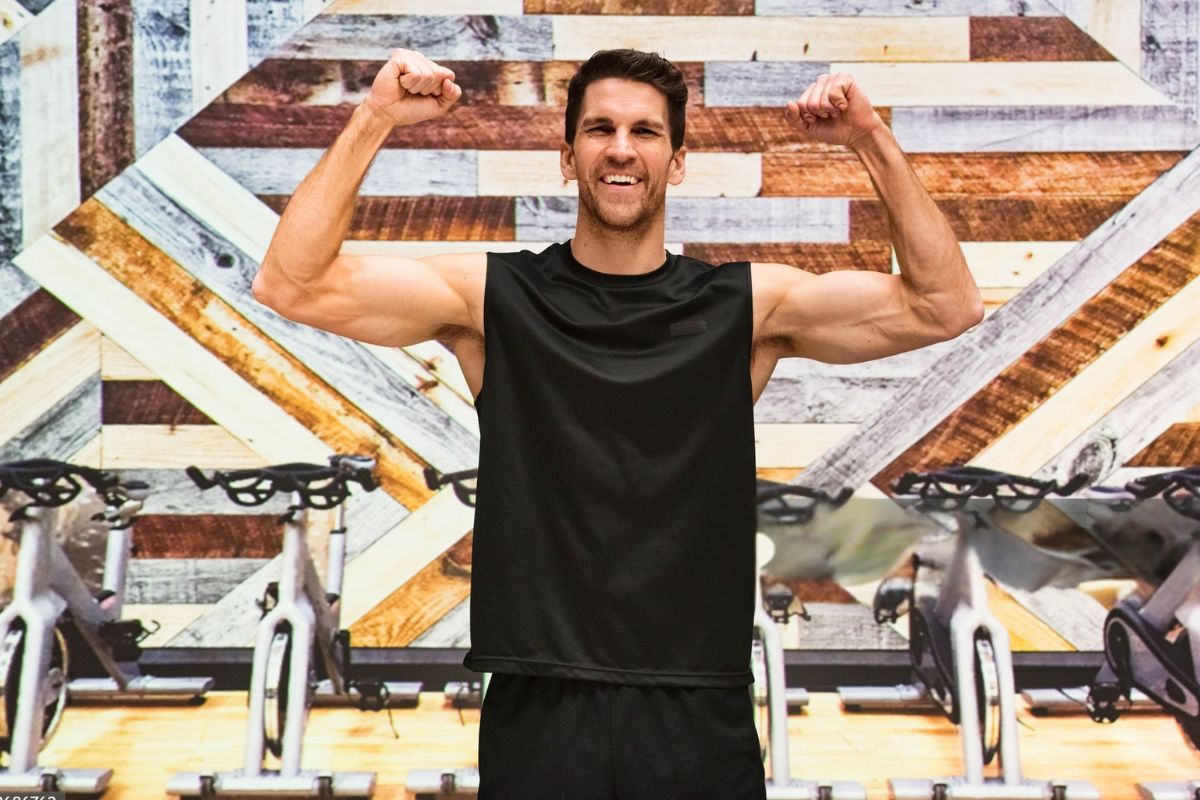
Before you start scaling your muscle tank brand, always order samples of your products. Trying the product yourself allows you to:
- Check for comfort, fabric quality, and print sharpness
- Confirm the design placement looks as intended on the final garment
- Evaluate how well the fabric holds up after washing
If something feels off—maybe the print is faded or the tank is too thin—you have a chance to fix it before selling to customers. This might mean:
- Tweaking your design
- Switching POD suppliers
- Choosing a different tank top style altogether
Quality control builds credibility. Customers are more likely to return and recommend your brand if the product lives up to expectations.
Bonus: Tips for Long-Term Success
| Category | Tip | Why It Matters | Pro Tip |
|---|---|---|---|
| Brand Positioning | Focus on a niche (e.g., CrossFit, MMA, Yoga) | Easier to build a loyal audience and tailored messaging | Use niche-specific slogans or imagery in your designs |
| Product Quality | Order and test samples regularly | Ensures consistency and builds customer trust | Wash-test each sample before launching new designs |
| SEO & Discoverability | Use relevant keywords in titles, descriptions, and image alt text | Boosts visibility on Etsy, Google, and your store | Research keywords monthly to keep up with trends |
| Design Strategy | Rotate fresh, seasonal or trending designs | Keeps your store engaging and encourages repeat purchases | Drop limited-edition designs to create urgency |
| Upselling & Bundles | Offer matching gym gear or multi-pack deals | Increases average order value | Bundle tanks with gym towels or water bottles |
| Email Marketing | Build and nurture an email list | Keeps your brand top-of-mind for past buyers | Offer exclusive early access or discounts to subscribers |
| Customer Reviews | Display real user photos and testimonials | Builds trust and social proof | Use automated review requests post-purchase |
| Customer Service | Respond quickly and solve issues proactively | Boosts repeat business and positive reviews | Use a chatbot or FAQ to handle common queries 24/7 |
| Analytics & Feedback | Track sales, trends, and customer behavior | Helps improve what’s working and fix what’s not | Use Google Analytics and heatmaps on your store |
| Consistency & Patience | Stay consistent with content, ads, and design drops | Success takes time and data | Schedule a monthly review to refine strategies |
To keep growing your POD business and build a loyal audience, keep these strategies in mind:
- Find a niche
Focus on a specific fitness tribe—like CrossFit athletes, powerlifters, yoga practitioners, or MMA fans - Optimize for search
Use keywords in product titles, descriptions, tags, and image alt text - Offer bundles and upsells
Create matching gym shorts, water bottles, or accessories; bundle 2–3 tanks at a discounted price - Stay seasonal
Design around summer fitness trends, holiday workouts, or New Year resolution challenges
Conclusion
Starting a print-on-demand business with muscle tank t-shirts is not only practical, but it also gives you room to express your creativity and connect with a passionate community.
By following the steps outlined in this guide:
- Choosing the right platform
- Designing with intention
- Setting up a solid store
- Promoting your brand
You’ll be well on your way to building a fitness apparel line that stands out.
Don’t wait for the perfect moment. Start small, test a few designs, learn from your customers, and grow steadily.

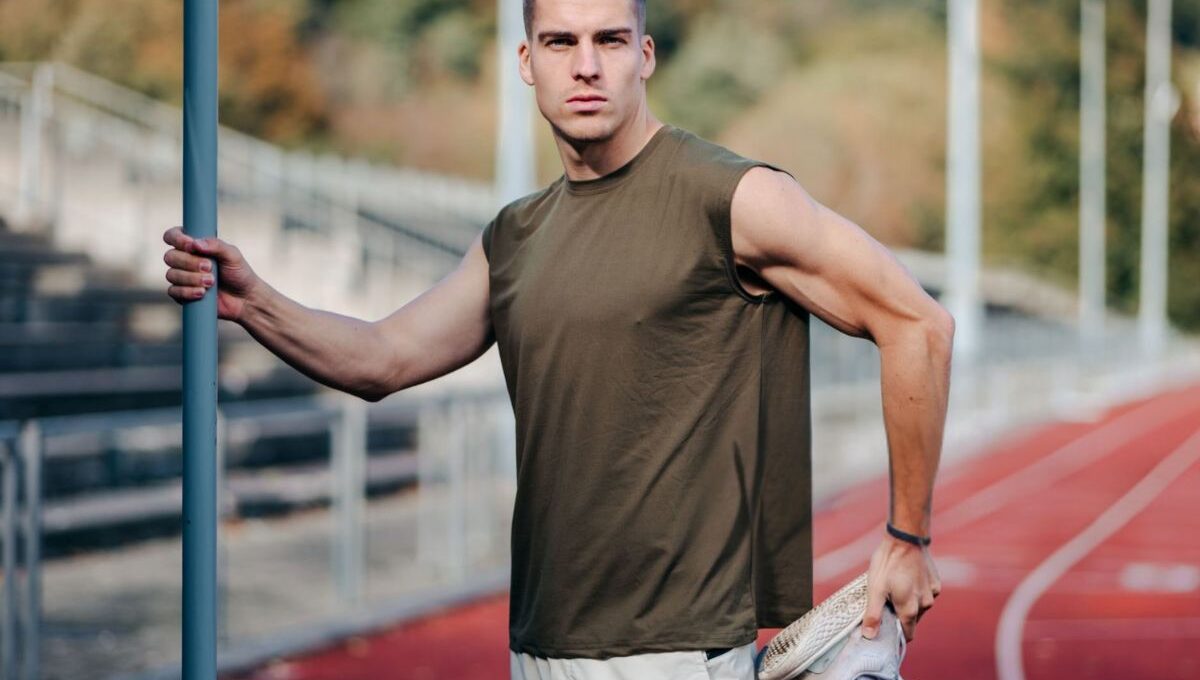
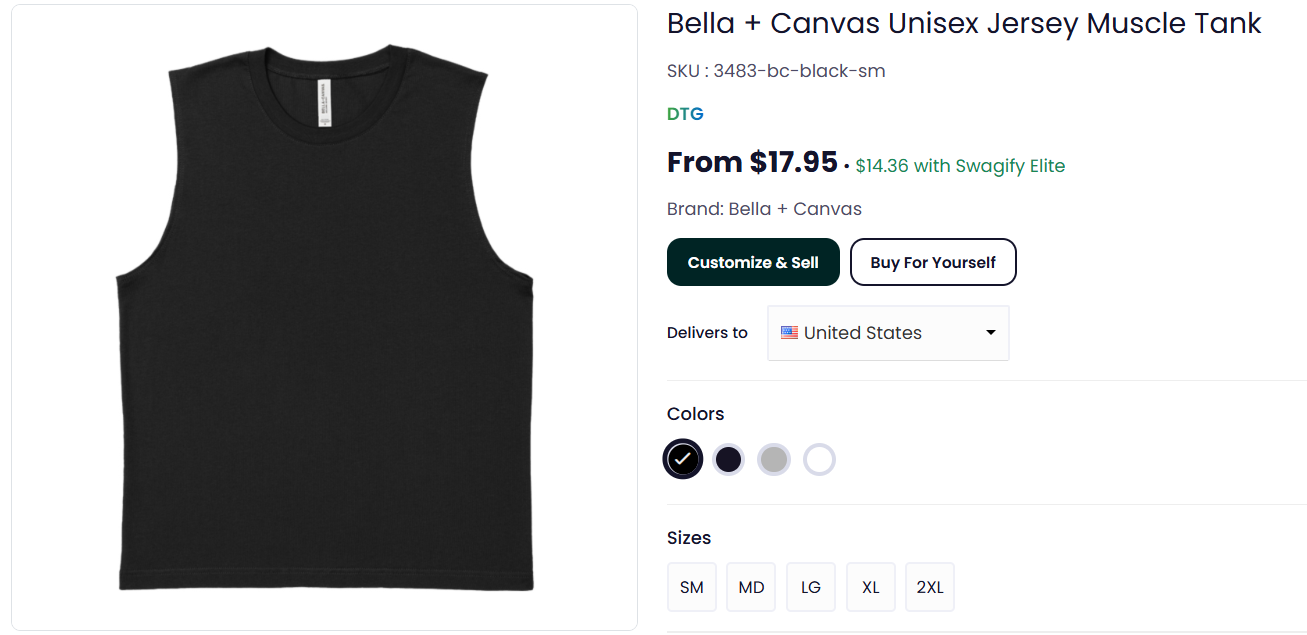
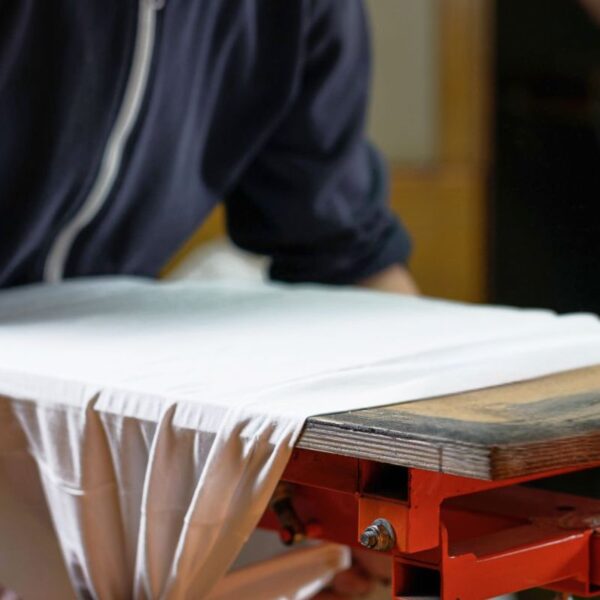
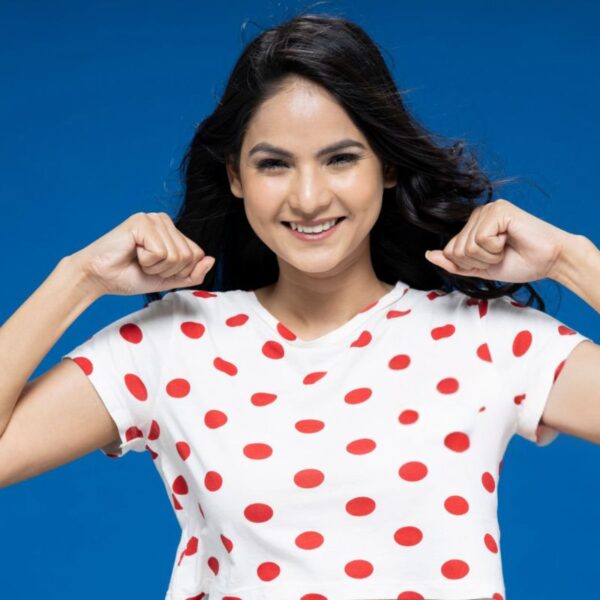
Sign up